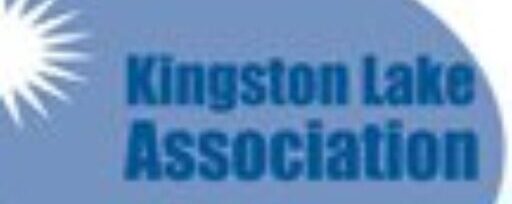Water Sampling Results for 2023
Members of the Kingston Lake Association collect samples from two
deep water spots and five tributaries around the lake June through
September. The samples are brought to DES in Concord for
analysis, then we receive a summary report early the following year. The results are as follows:
Chlorophyll is a photosynthetic pigment that contributes to
excessive algae growth. NH ‘s soft water typically reflects low
chloride and conductivity values. 2023 levels were stable.
Conductivity/Chloride levels in excess of state standards were noted
at several sites on the lake and have been worsening since water
sampling began.
Color is generally caused by decaying organic matter and minerals
in the soil such as iron. Excessive rain in July caused darkening of
the tea color.
Total phosphorus levels have been stable but variable. Tp levels
are often elevated by rain and storm events.
Transparency or clarity of the water has been relatively stable but
worsens with storm events.
Turbidity in the water is caused by suspended matter such as clay,
silt, and algae that causes light to be scattered not transmitted to
the water column. Turbidity is relatively stable but is influenced by
storm events.
pH is a measure of hydrogen ions in the water that determines its
acidity. pH has been stable in Kingston Lake since monitoring
began. Certain areas of the lake have a greater pH value.
